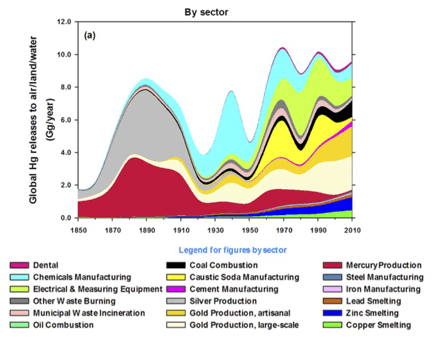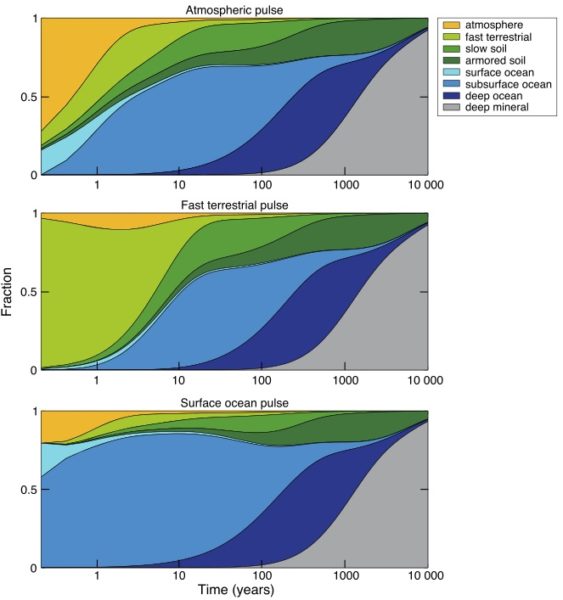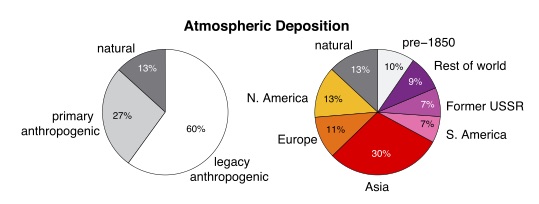Colin Todhunter
With over 800 million people, rural India is arguably the most interesting and complex place on the planet. And yet it is also one of the most neglected in terms of both investment and media coverage. Veteran journalist and founder of the People’s Archive of Rural India P. Sainath argues that the majority of Indians do not count to the nation’s media, which renders up to 75 percent of the population ‘extinct’.
According to the Centre for Media Studies in Delhi, the five-year average of agriculture reporting in an Indian national daily newspaper equals 0.61 percent of news coverage, while village-level stories account for 0.17 percent. For much of the media, whether print or TV, celebrity, IT, movements on the stock exchange and the daily concerns of elite and urban middle class dwellers are what count.
Unlike the corporate media, the digital journalism platform the People’s Archive of Rural India has not only documented the complexity and beauty of rural India but also its hardships and the all too often heartbreaking personal stories that describe the impacts of government policies which have devastated lives, livelihoods and communities.
Rural India is plagued by farmer suicides, child malnourishment, growing unemployment, increased informalisation, indebtedness and an overall collapse of agriculture. Those involved in farming and related activities are being driven to migrate to cities to become cycle rickshaw drivers, domestic servants, daily wage labourers and suchlike.
Hundreds of thousands of farmers in India have taken their lives since 1997 and many more are experiencing economic distress or have left farming as a result of debt, a shift to (GM) cash crops and economic liberalisation. According to this report, the number of cultivators in India declined from 166 million to 146 million between 2004 and 2011. Some 6,700 left farming each day. Between 2015 and 2022 the number of cultivators is likely to decrease to around 127 million.
The core problems affecting agriculture centre upon the running down of the sector for decades, the impact of deregulated markets and profiteering corporations (Monsanto and its Bt cotton seeds being just one case in point), increasing debt and lack of proper credit facilities, the withdrawal of government support, spiralling input costs and the effects of cheap, subsidised imports which depress farmers’ incomes.
The root causes of India’s agrarian crisis have been well documented, not least by policy analyst Devinder Sharma, who says:
“India is on fast track to bring agriculture under corporate control. Amending the existing laws on land acquisition, water resources, seed, fertilizer, pesticides and food processing, the government is in an overdrive to usher in contract farming and encourage organized retail. This is exactly as per the advice of the World Bank and the International Monetary Fund as well as the international financial institutes.”
From the geopolitical lending strategies of institutions like the World Bank to the opening up of food and agriculture to foreign corporations via WTO rules and the US-India Knowledge Initiative on Agriculture, there is an ongoing strategy to displace the existing system of smallholder cultivation and village-based food production with one suited to the interests of global seed, pesticide, food processing and retail corporations like Monsanto-Bayer, Cargill and Walmart.
In outlining the nature of the agrarian crisis, P. Sainath encapsulates the drive towards corporate farming in five words: “Predatory commercialization of the countryside.” He uses another five words for the outcome (referring to the mass migration from rural India): “The biggest displacement in history.”
By deliberately making agriculture economically non-viable for smallholder farmers (who form the backbone of food production in the country) the aim is to lay the groundwork to fully incorporate India into a fundamentally flawed and wholly exploitative global food regime that is undermining the country’s food security and food sovereignty as well as its health, soils, water supply and rural communities.
Rural India is in crisis. And with hundreds of millions destined to be forced to migrate to cities if current policies persist, the suffering will continue because the urban centres are not generating anything near the required levels of employment to soak up those whose livelihoods are being eradicated in the countryside. Jobless ‘growth’ haunts India, which is not helped by a global trend towards increasing automation and the impacts of artificial intelligence.
There are growing calls for liberating farmers from debt and guaranteeing prices/levels of profit above the costs of production. And it is not as though these actions are not possible. It is a question of priorities: the total farm debt is equal to the loans provided to just five large corporations in India.
Where have those loans gone? A good case has been put forward for arguing that the 2016 ‘demonetisation’ policy was in effect a bail-out for the banks and the corporates, which farmers and other ordinary folk paid the price for. It was a symptom of a country whose GDP growth has been based on a debt-inflated economy (the backbone of neoliberalism across the world). While farmers commit suicide and are heavily indebted, a handful of billionaires get access to cheap money with no pressure to pay it back and with little or no ‘added value’ for society as a whole.
The trigger point of the Mandasur farmer’s uprising in Central India in 2016, in which six farmers were shot dead was the demonetisation action. It meant that farmers faced a severe crash-crunch on top of all the other misery they faced. This was the last straw. That incident epitomised the fact that agriculture has been starved of investment while corporations have secured handouts. Farmers have been sacrificed on the altar of neoliberal dogma: food has been kept cheap, thereby boosting the disposable income and consumer spending of the urban middle classes, helping to provide the illusion of GDP ‘growth’ (corporate profit).
But both urban and rural Indians are increasingly coming together to help place farmers’ demands on the national political (and media) agenda. For instance, a volunteer group called Nation for Farmers, comprising people from all walks of life, is in the process of helping to mobilise citizens in support of the All India Kisan Sangharsh Co-ordination Committee’s (AIKSCC) march to parliament that is planned for the end of November.
The AIKSCC is an umbrella group of over 200 farmers’ organisations, which is calling for a march to Delhi by farmers, agricultural labourers and other distressed rural Indians from all over the country. The aim is to mobilise up to one million people. A similar march took place early in 2018 from Nashik to Mumbai. This time, however, the aim is to place the issues on the agenda of the nation’s parliament.
On behalf of the AIKSCC, two bills – The Farmers’ Freedom from Indebtedness Bill (2018) and The Farmers’ Right to Guaranteed Remunerative Minimum Support Prices for Agricultural Commodities Bill (2018) – have already been placed before parliament and are awaiting discussion. While the AIKSCC has focused on ensuring proper minimum support prices for farmers, there is now also the demand for a special 21-day joint session of parliament where the AIKSCC’s concerns can be heard.
To this end, the organisers of the march have written to the President of India Ram Nath Kovind. In their letter, they say that the agrarian crisis has now reached “civilizational proportions”.
They argue:
“… successive governments have witnessed the destruction of the countryside and the unchecked destitution of farmers and yet little has been done to alleviate their misery. They have witnessed the deepening misery of the dispossessed, including the death by suicide of well over 300,000 farmers these past 20 years.”
The letter makes clear to the president that the AIKSCC is fighting to save the livelihoods of tens of millions of rural Indians and has organised a ‘Kisan Mukti March’ to Delhi for three days from 28 to 30 November. The president is urged to pay heed to the demand for a special, 21-day joint session of parliament, dedicated entirely to discussing the agrarian crisis and related issues.
The letter states:
“We request your intervention as the President of the Republic of India and the Constitutional head to ensure that a crisis of this scale that renders 70 percent of Indian citizens vulnerable is addressed by a joint session of the Parliament of this country… Surely the precariousness of the lives of millions of citizens merits the undivided attention of Parliament and thereby its commitment to find enduring solutions.”
A special parliamentary session is called for because – after numerous protests, petitions, pleadings by distressed farmers, labourers, forest communities, fisher folk and the foot soldiers of India’s literacy and health care programmes – have failed to garner the attention of successive governments to the agrarian crisis.
The aim is that any special session on the crisis will be rooted in the testimonies of its victims, who need to be heard from both outside and inside the parliament. The session would enable them to address their fellow citizens and representatives from the floor of the parliament and explain the impact of devastating farming policies, the lack of rural credit and fair prices, and the unbearable violence of privatising water, healthcare and education.
We can only hope that the media and its well-paid journalists might be galvanised into action too!





